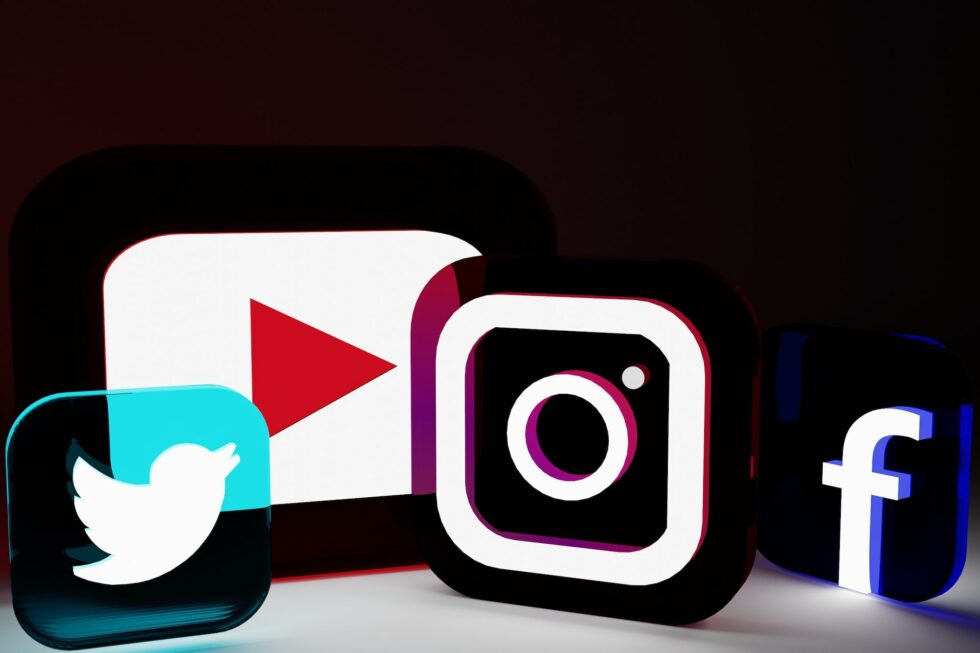With the unparalleled embrace of digital during COVID-19, more and more consumer eyeballs have moved online and most markets are more diluted than ever before. Digital advertising costs are quickly rising as the number of advertisers increases and the quality of the competition improves. But the digital inventory platforms are making available isn’t increasing at the same rate.
For the ‘21 financial year, the Australian digital advertising industry posted a record 24.2% growth, the strongest since 2016, reaching $11.4bn in online advertising expenditure for the 2021 financial year. E-commerce experienced a staggering 10 years’ growth in three months between 2019 and 2020.
During COVID-19 budgets for digital marketing grew. It all comes down to a simple fact: increased demand increases costs. With more and more brands jumping on the digital advertising bandwagon, digital platforms are able to increase their costs without consequence.
Facebook has billions of users, but those huge numbers mean that it also has millions of brand battling it out for consumer attention. Google is an undeniable advertising giant, but unless brands are willing to fork out huge money for a high-value search term, potential customers aren’t likely to find them. For context, in just 1 single minute of the day online, a mere 60 seconds, there will be 4.2 million google searches 510k comments made on Facebook, and 4.1k sponsored Instagram posts.
On top of all this, increasingly strict data privacy restrictions mean it’s even more difficult to reach your customer base the same way it was just a few years ago. Facebook has already warned that new Apple iOS limitations could be expected to reduce ads’ revenue by 50%.
So what’s the solution? In order to beat the rising cost of short-term digital marketing, brands must focus more on long-term growth brand building strategies to secure maximum profit, longevity and relevancy. We need to let go of our obsession with performance marketing and turn our attention to the less quantifiable brand building and storytelling elements of marketing.
Why your brand is the big picture
Before you jump head first into performance marketing, you need to take a step back and look at the bigger picture – your brand. Many businesses overlook the importance of brand and brand building in their marketing activities because these areas of design, creativity and branding aren’t as quantifiable as digital and performance marketing. But you shouldn’t throw money at trying to gain attention and drive sales through digital marketing if you don’t have the foundations to keep the attention and build loyalty and recognition in an ocean of content and ads on the internet. Crafting a unique and memorable brand is what sets a business up for long-term customer loyalty and success.
Consider this: why do customers return to the same brands over and over? These days it’s highly unlikely because they are the only one of their kind. It has more to do with their affinity with the particular brand and what it stands for. Strong brands have greater longevity, customer loyalty, retention, recognition and business success. Think of Apple, Nike, Disney and Chanel. They know their USP and have developed an emotional connection – making consumers think and feel a certain way.
With a marketplace beyond crowded, how do you get customers to choose you when there are so many others in the same space with the same product/service and price? A strong brand can only be built with a carefully considered strategy guided by consumer-centric design thinking and a creative approach. This will give you an understanding of who you are, how you are different from competitors and how to develop an emotional connection with your consumers through your brand story. From there you can build a visually unique identity and associated collateral that evoke emotions and associations within consumers. The end result? Strong brands that stand out, stand the test of time, and stand up in the face of competition.
How brand impacts your customer journey
Digital marketing allows us to measure our impact, but that doesn’t mean it’s the only place your customers are interacting with your brand. Successful brands need to be consistent in amplifying their brand with a visual synergy across all customer touchpoints, experiences and communication, both digitally and non-digitally. You want your brand to be ingrained in the mind of your customers through recognition and repetition. Logos, taglines, colour palettes, icons and photography should come together, telling the same brand story whether it be on social media or your website, in print or in your physical space, through email communications, paid advertising or SEO.
Making sure your customers have a positive experience with your brand and product or service is the number one priority and the greatest determination of your success. An important part of your brand strategy is to understand the journey of your customers and how you want them to feel throughout the journey. Understanding how they behave when they engage with your brand and experience different touchpoints like navigating your website visiting your physical location and whether these experiences are in line with your brand strategy and values. The seamless integration of brand, strategy, design and technology is the key to delivering the best customer experience.
Strong and successful brands prioritise design thinking
Design thinking is a process of defining a challenge, coming up with ideas, prototyping those ideas, and testing them out. It’s a highly popular concept used by some of the world’s most successful brands including Nike, Apple, Google and Samsung.
Using design thinking, brands can think outside the box about how they can attract customers over the long term and build brand loyalty. It pushes your brand beyond the mundane and helps you to ‘play’ with ideas, and ultimately create better brand and customer experiences that help tackle real customer needs. The most successful brands are the ones that consider their customer in every single element of the design process and have the patience to listen to and implement feedback – even if it takes them down an unexpected path.
A strong brand is vital to your performance marketing
While branding in the digital age is essential, this isn’t to say you should pull your investment in things like social media, pay-per-click ads and SEO. What you need is a well-thought-out brand strategy combined with strong performance marketing strategies to draw attention to your brand.
Branding strategies use design and psychological tactics to become memorable and make a company become part of their consumers’ lives, while digital marketing buys attention and sells your products. Performance marketing grabs attention, branding keeps it. Digital marketing drives sales, branding drives recognition and loyalty. Marketing strategies come and go, but branding is forever.
Remember, just because we can buy an impression, it doesn’t mean we are making one. We need to let go of our obsession with the abundance of analytics to track the effectiveness of each and every ad and the instant dopamine hit we get when looking at our performance marketing results.
We need to face the music – consumers hate ads. We are watching audiences opt out of ads on social media and move away from cable TV and towards ad-free streaming services right before our eyes. The costs of digital marketing are rising, consumers are showing less and less interest in brand content and it’s becoming harder and harder for brands to buy fame. While they are still important factors, we need to turn our focus on the more important but less quantifiable Brand Building and storytelling elements.
Now more than ever it’s important for businesses to prioritise brand in order for their digital marketing strategies to stand out in a sea of content on the internet. It is a must for anyone who wants to stay relevant and compete in the market long-term.
Remember to be patient. Brand building is a long-term strategy and if you’re spending all your time focussing purely on what you can immediately measure, you can easily get distracted from the big picture. If you want long-term results, you’ll have to implement long-term strategies.




